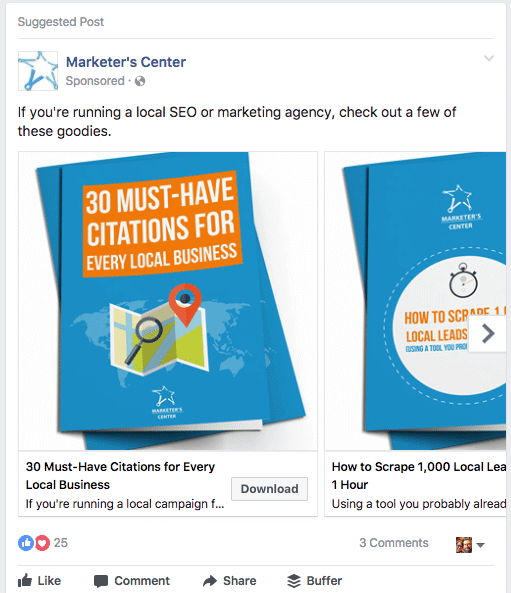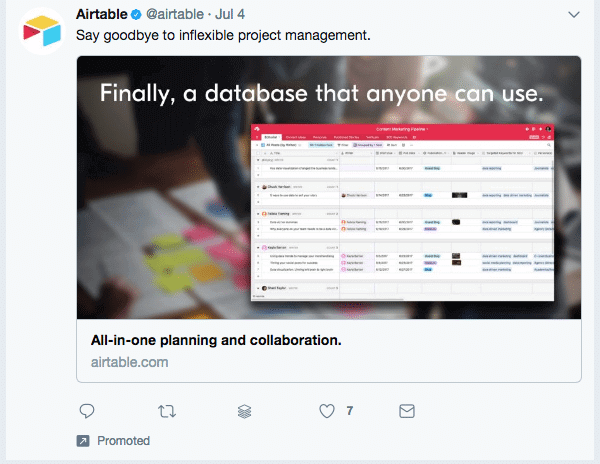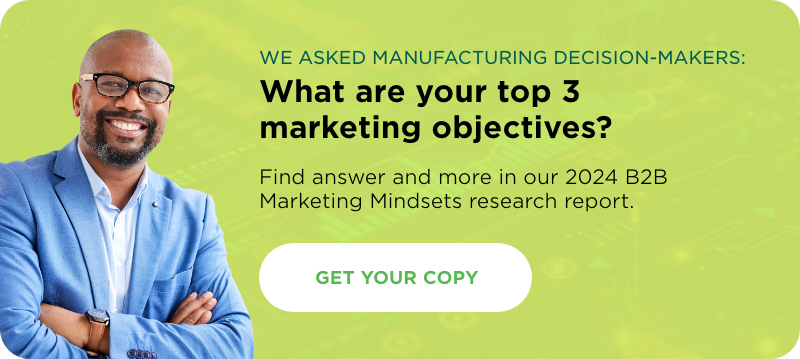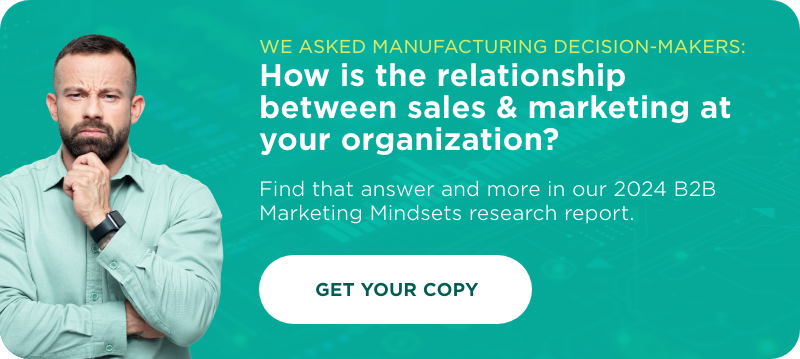There are roughly 7.5 billion people on the planet. Almost half of those have access to the internet. Of those, 85% have active social media accounts. Now of course some of those are bot Twitter accounts that will inevitably follow us after I use #socialmedia. But the point is, there’s a lot of people using it. What makes social media advertising so spectacular as well is that you get to pinpoint exactly who you want to reach.
For those of you unfamiliar with this, think of it as advertising on cable news or niche magazines. For example if you sell golf balls, and no one knows your brand. Taking out an ad in Golf Digest, and running a spot on Golf Channel will probably lead to more sales than an ad in Time and a spot on Fox. While you may get more eyeballs on your product with the latter option, most of those eyeballs aren’t going to care about your product.
So let’s break down the social media channels and their key benefits for each to help you get the most from you advertising spend.
 We’d might as well get the big one done right away. As channels go, this by far is the biggest. There’s just shy of 2 billion people who use it. Everyone from 12 year olds to 80 year olds have an account. There really isn’t a demographic you can’t hit with this one. And with their ability to choose based on interest, employer, age, etc, etc, etc. you can dig in to exactly who you want to reach.
We’d might as well get the big one done right away. As channels go, this by far is the biggest. There’s just shy of 2 billion people who use it. Everyone from 12 year olds to 80 year olds have an account. There really isn’t a demographic you can’t hit with this one. And with their ability to choose based on interest, employer, age, etc, etc, etc. you can dig in to exactly who you want to reach.
This ability means that you’re going to save money over blanketed geo-targeting, and, if you’re a national company spread your ad spend over a larger geographical area. They’ve also added over recent years a feature called Facebook Custom Audiences. In this you can use a list of the people already in your database and target them directly with ads. For companies that rely heavily on reorders, this is especially helpful.
For many businesses this has come at a cost to their organic posting. With Facebook’s algorithm changes, less and less of your posts are organically being seen by your followers. So, in order to get in front of them, boosting posts is generally your best option.
If you’ve set up a Facebook advertising campaign then you understand that it’s very similar to setting one up in Instagram. It makes sense of course because they’re owned by Facebook. The power of Instagram really comes from the kind of content and images you have at your disposal.
 They run their ads so they look much like a standard post, so having compelling photography you’re going to have more success. The downside is that it doesn’t have the kind of targeting that Facebook does. It’s limited to:
They run their ads so they look much like a standard post, so having compelling photography you’re going to have more success. The downside is that it doesn’t have the kind of targeting that Facebook does. It’s limited to:
• Location
• Age
• Gender
• Language
• Relationship
• Education
• Work
• Financial Status
• Home
• Ethnic Affinity
• Generation
• Parents
• Politics ( in U.S. only)
• Life Events
• Interests
• Behaviors
• Connections
If you are a company focused on lifestyle products or services, Instagram is a great way to show your work in action!
Pintrest

Pintrest and Instagram are extremely similar in who should be using them. If you’re a professional service just move along, these aren’t for you. It’s also much more limited on demographic targeting. However, if you know anything about Pintrest, the demographics are already much more targeted than other platforms.
So, if you have great photos, and are focused on lifestyle businesses then it’s a really good fit. And don’t think this is just wedding dresses. There’s Pins for everything from men’s clothing to meat smoking recipes and techniques. But these are still lifestyle business models and not for everyone.
 LinkedIn is not like a lot of other social media networks. Interests aren’t as important on LinkedIn. However, what LinkedIn lacks in interest it makes up for in targeting the right job title. If you want to only target managers from tech industry companies, this is your tool.
LinkedIn is not like a lot of other social media networks. Interests aren’t as important on LinkedIn. However, what LinkedIn lacks in interest it makes up for in targeting the right job title. If you want to only target managers from tech industry companies, this is your tool.
The previous two have been very focussed on lifestyle businesses, this really isn’t for them. But accountants, business products, and even, well, web design companies should be taking LinkedIn more seriously.
If you’ve ever gotten a sponsored message from a sales person or recruiter you know that there are some ugly points to their advertising capabilities. However, in the feed the ads are tightly designed to look like they’d be a post from a connection. Therefore, I’m much more apt to open one of them to see what the offer is.
 Last, but not least is Twitter. Twitter can be really helpful when it comes to getting a post to be “viral” but it can also be very expensive. If you’re targeting a promotion on a top tier trending phrase you can spend tens of thousands per day.
Last, but not least is Twitter. Twitter can be really helpful when it comes to getting a post to be “viral” but it can also be very expensive. If you’re targeting a promotion on a top tier trending phrase you can spend tens of thousands per day.
Like the other social media outlets you have an ability to focus your ads at key demographic targets including the other things that people/businesses follow. If you’re looking for a brand awareness campaign or to promote a content piece that will be reTweeted, this might be your ticket.
Just remember that Twitter is a fast moving stream of information, so having your ad missed is a real potential for people who follow a lot of other users.
Conclusion
In short, yes social media advertising works. That is, as long as you know what your goals are and who your target audience is. The cost/benefit ratio is easier to quantify than using print or television advertising, which is helpful for marketers looking to get an in-depth understanding of their marketing attribution.
While it’s not intent based like Google AdWords, it can tap into subconscious intent. The idea that we’re looking for a product or service that fits our needs or wants, we just don’t know that we do yet. Often buyers don’t buy at that level, but they certainly start the process of investigating a product or service.
Good advertising has always meant to evoke an emotional response. Social media advertising gives us that ability at a whole new level. We can speak someone’s language, show them how much better their lifestyle would be if they used our product/service, and we can do it to the people who already have shown intent of wanting it to begin with.





